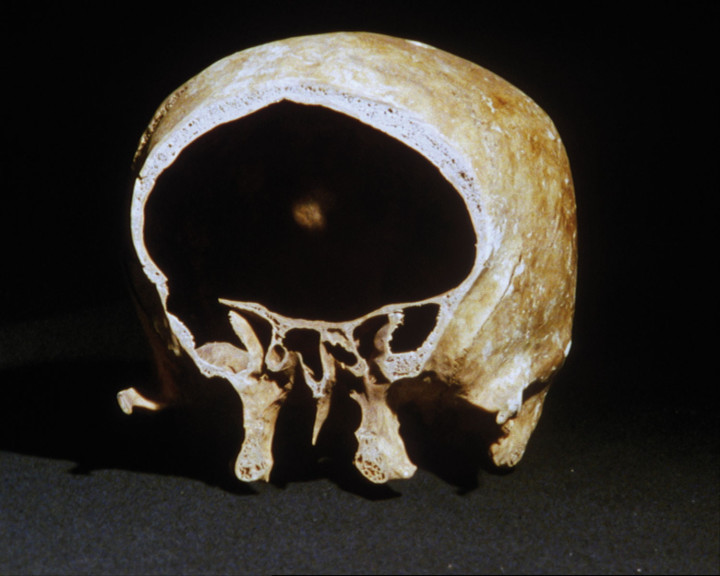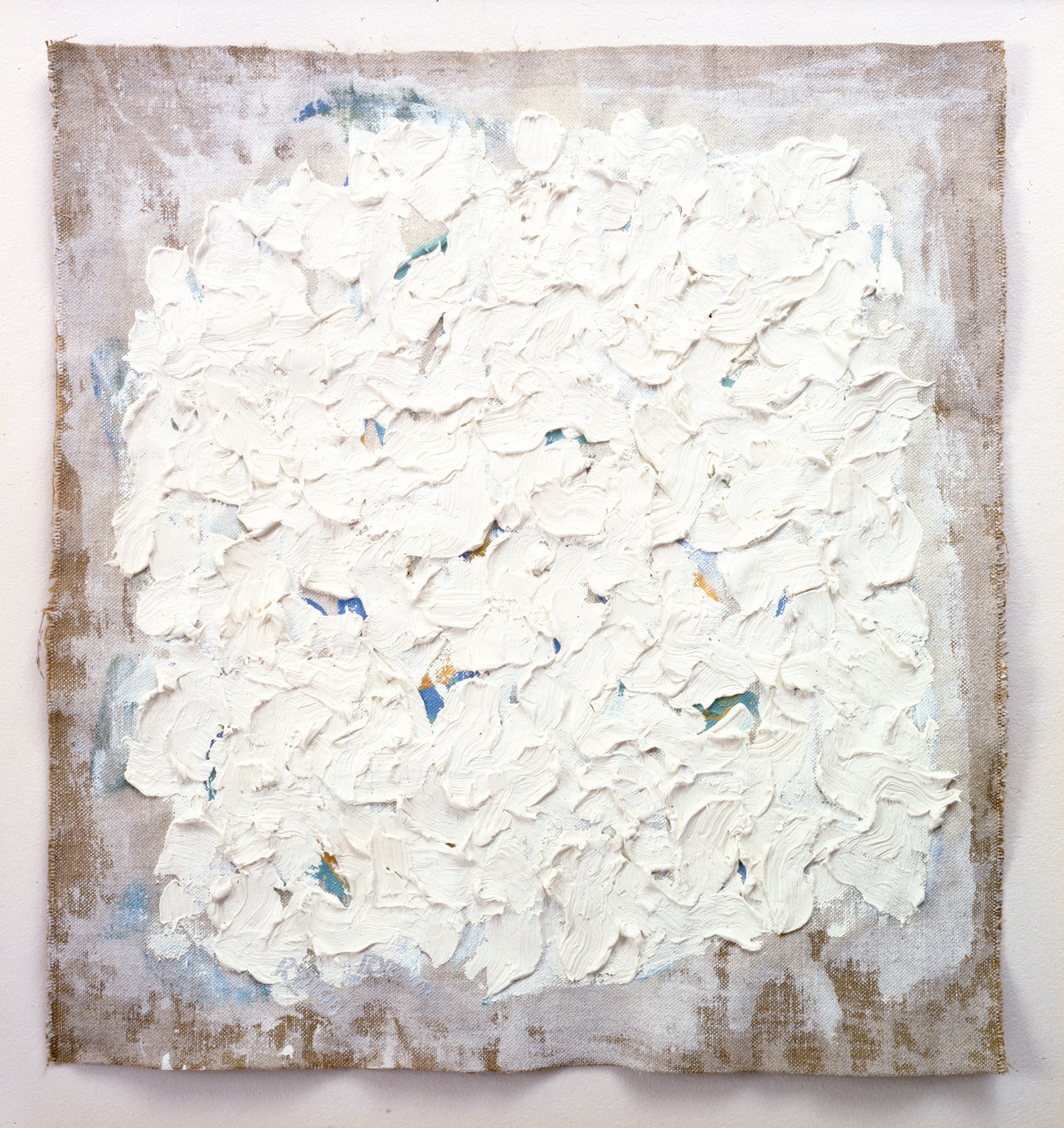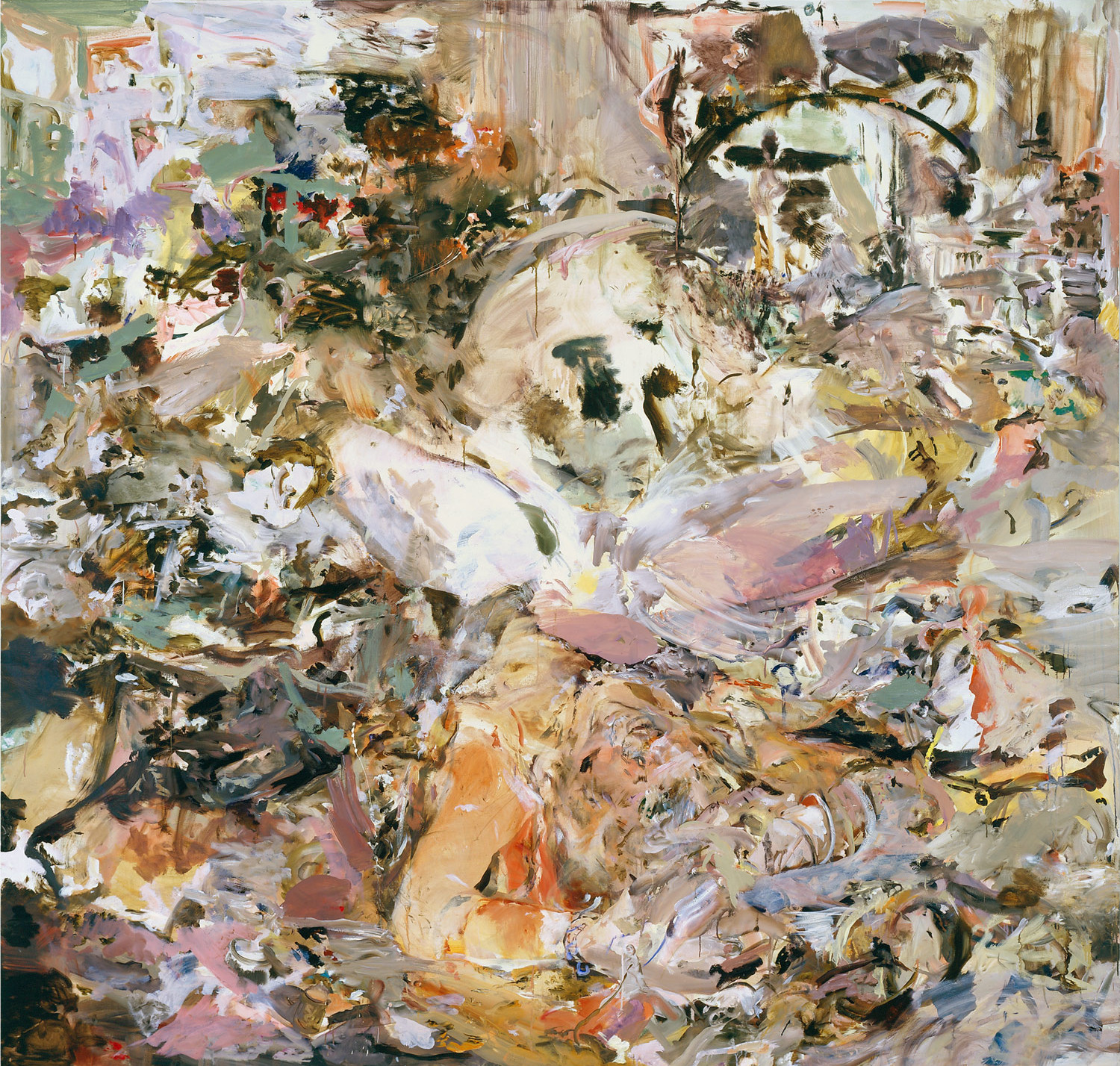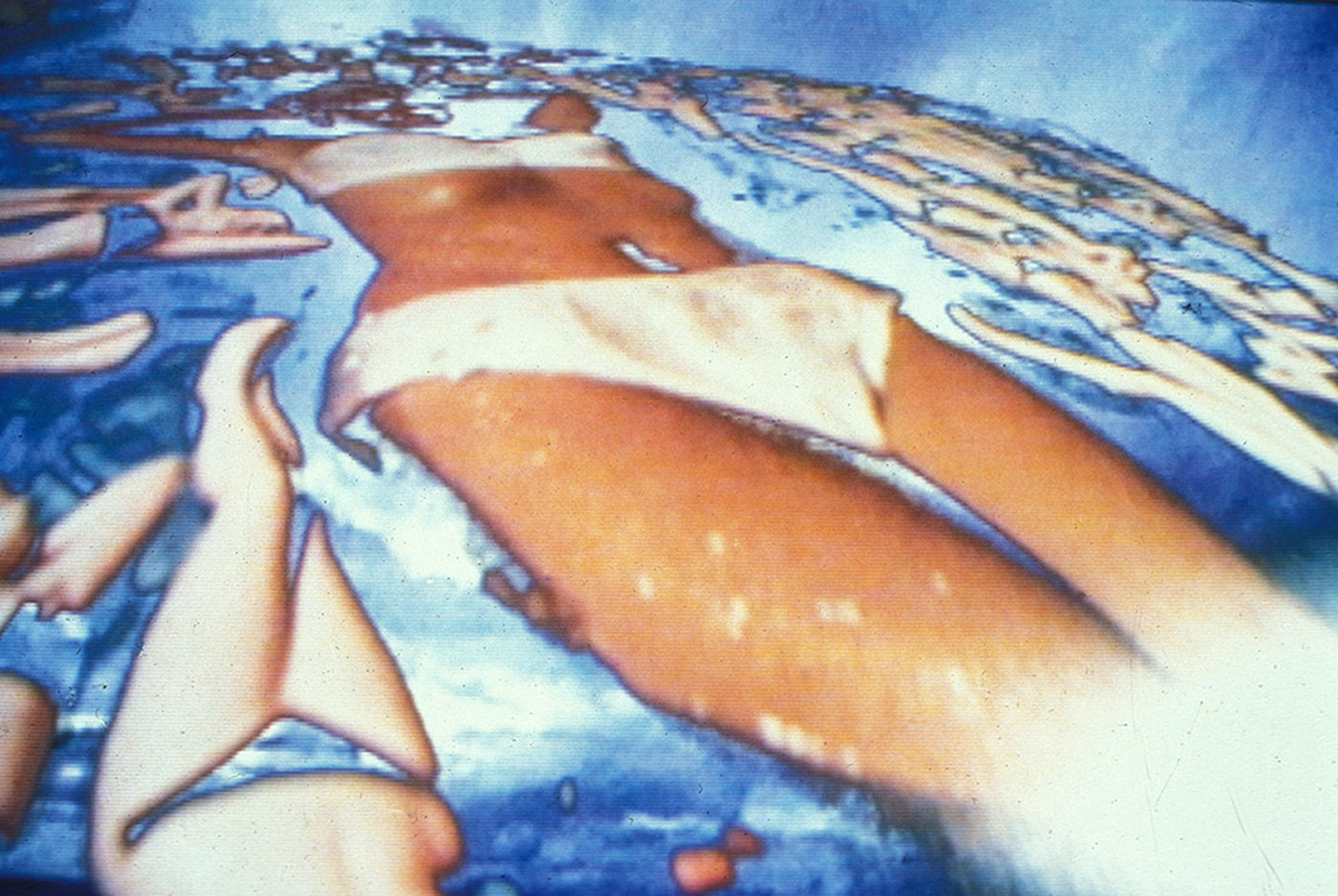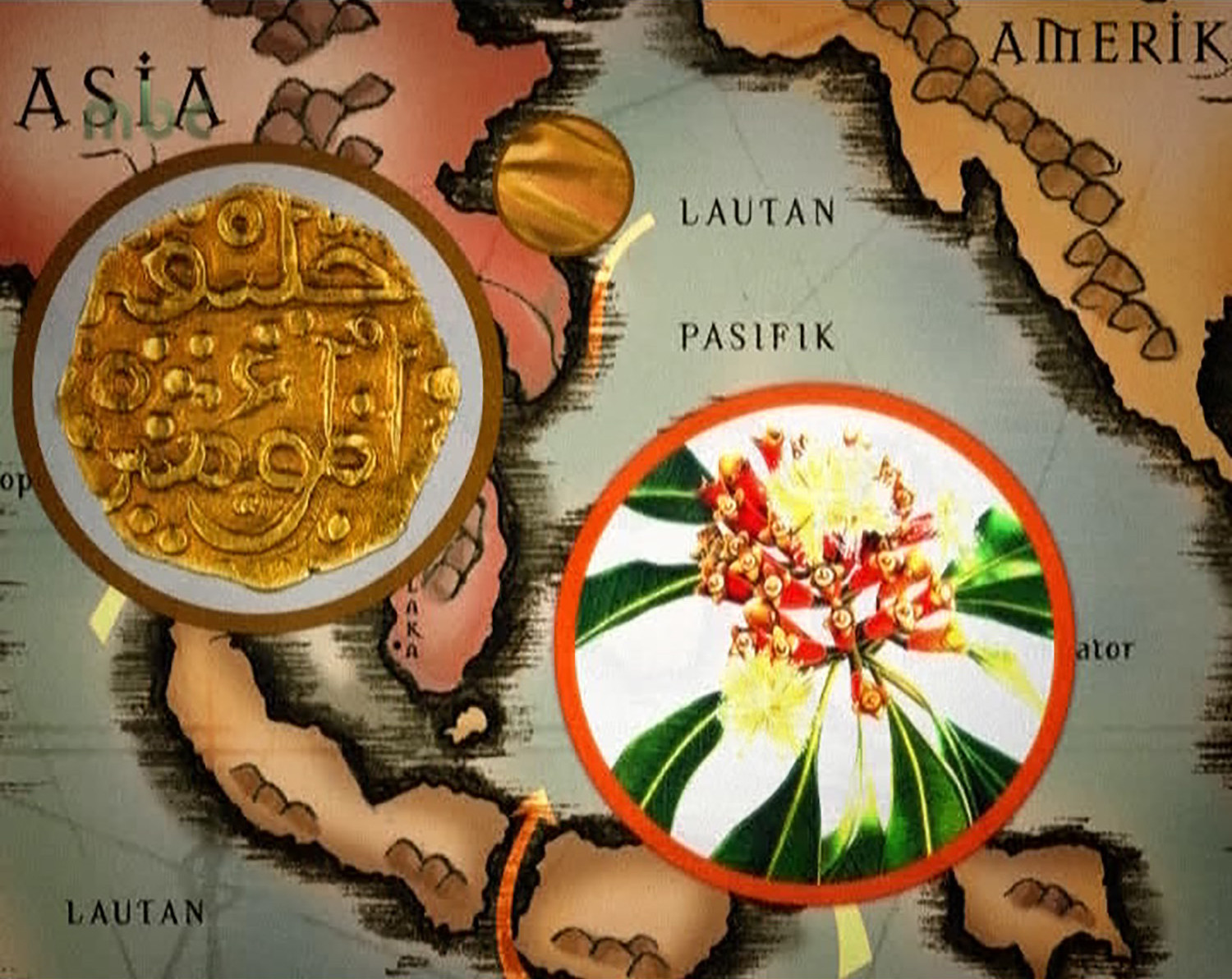
It is difficult to place the work of João Maria Gusmão and Pedro Paiva in any current artistic trend: in fact, sometimes it is just as difficult to place their work in the present time. Their 16mm silent films seem like fragments of scientific documentaries from the early 1900s. Their optical machines take us back to the studies of light from the 17th century; their objects/sculptures (the bone of a whale, a knife formed out of a meteorite fragment) could come from a 16th-century Wunderkammer.
Their works, exhibited under theatrical lighting, emerge from the darkness like an archaeologist’s recently excavated objects, with no date and unclear significance.
Among these ‘findings,’ the films are probably the most fascinating. They take place in landscapes outside the limits of time or within dark interiors; they are glimpses of a universe where effects have no cause, actions no intent, phenomena no explanation. A tree lit in a strange violet light falls into pieces and combusts (1400 Axe Blows, 2004); men move heavy blocks of ice along a cliff in order to throw them into the sea (Throwing Blocks of Ice at Boca do Inferno, 2004); in the darkness, an egg spins onto its own axis like a planet in space (Eye Eclipse, 2007). ‘Prodigious events’ are realized through deliberately archaic and naïve tricks, similar to Georges Méliès’s; sometimes the subjects of the films hold nothing prodigious, but are presented as such through their suggestive titles, thereby triggering a subtle discourse on truth and representation. The Non-particulate Man (2004) simply represents a man dressed in black filmed from a great distance while he walks along an expanse of rock; Cyclopic Eye (2008) is a large hole in the nape of a human skull.
In their work, humor, mystery and the absurd all exist simultaneously. Furthermore, it is hard to place Gusmão and Paiva within the boundaries of contemporary art because the overt references in their work belong to literature and philosophy, coming from people like Friederich Nietzsche, Fernando Pessoa and René Daumal (1908-1944). All these authors share a radical critique of the positivist scientific model of reality and of rationalist philosophy as it existed during their time.
Using this critique as a starting point, Gusmão and Paiva have created several pseudo-sciences based on exceptions, anomalies, and extreme situations rather than on laws (in this way they might be following in the path of another of their role models: Alfred Jarry). Among these sciences are Abissology, the “transitory science of the indiscernible”; Meteoritics, the study of those phenomena which, like meteors, “explode from the void into existence”; and more in this vein. Each of these scientific disciplines is exhibited and articulated through both their works and exhibitions, and through accompanying paradoxical and subtly ironic philosophical texts.
Gusmão and Paiva’s work is not merely sophisticated intellectual diversion. Rather, the work questions the basic principles of reality and knowledge. The two artists take on the role of skeptics, willing to point out the limitations of any systematic model, both within philosophy and science. Through their work, they recontextualize that model within its historical and cultural origins.
Their work suggests that outside of humankind’s efforts to comprehend phenomena over the ages — an effort comparable to a cone of light in the darkness — there lies an unfathomable universe.
Within this universe, the relations between mind and matter, will and fate, and cause and effect, all remain indecipherable.

